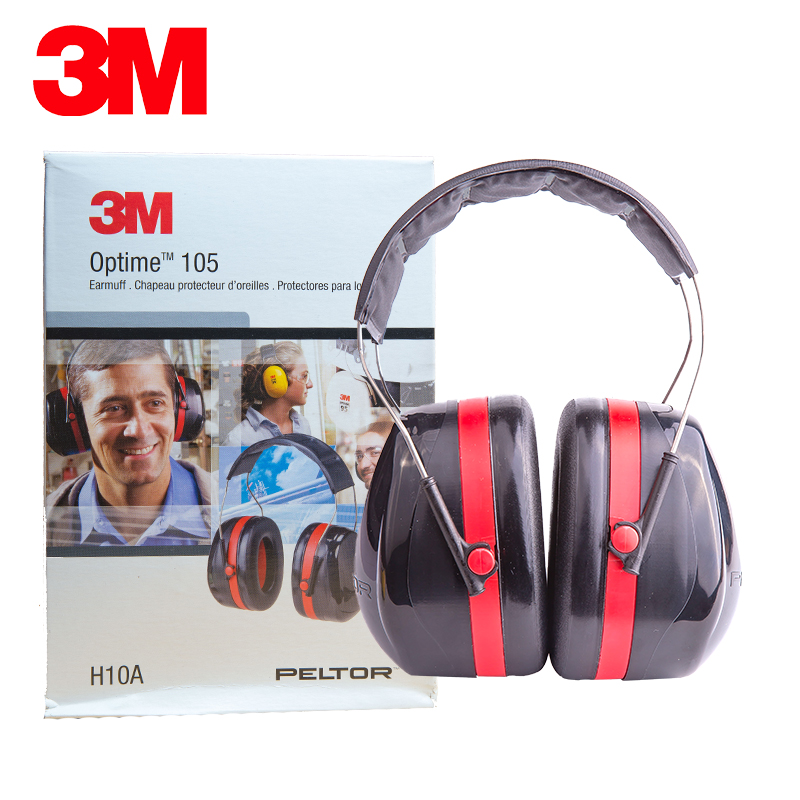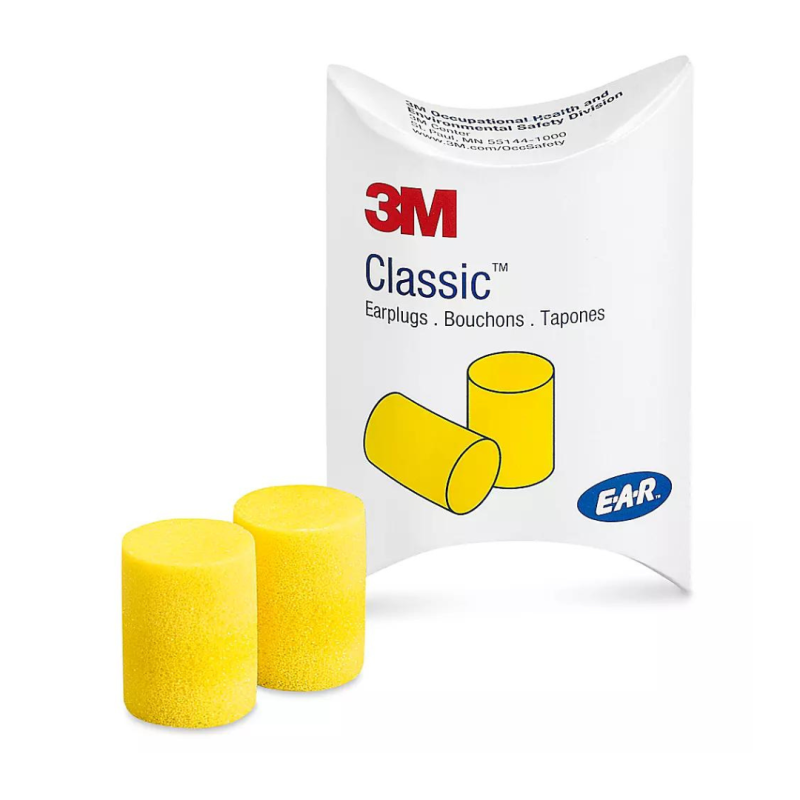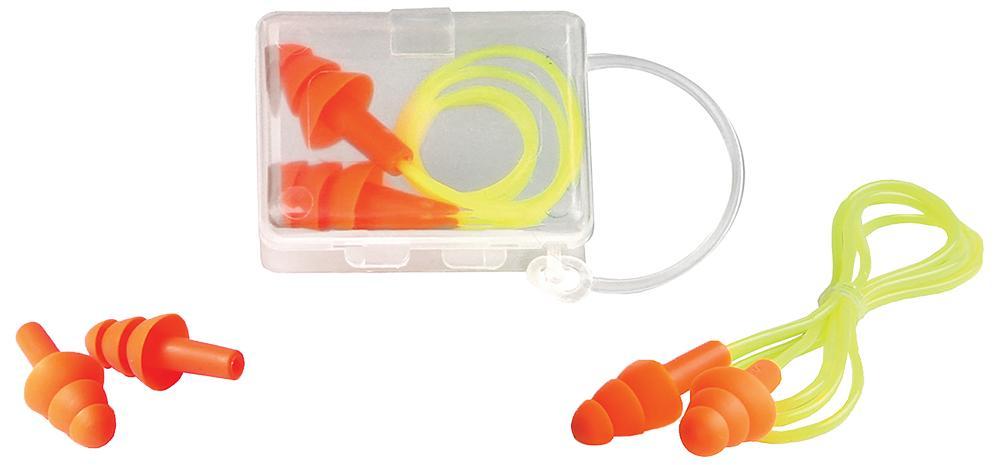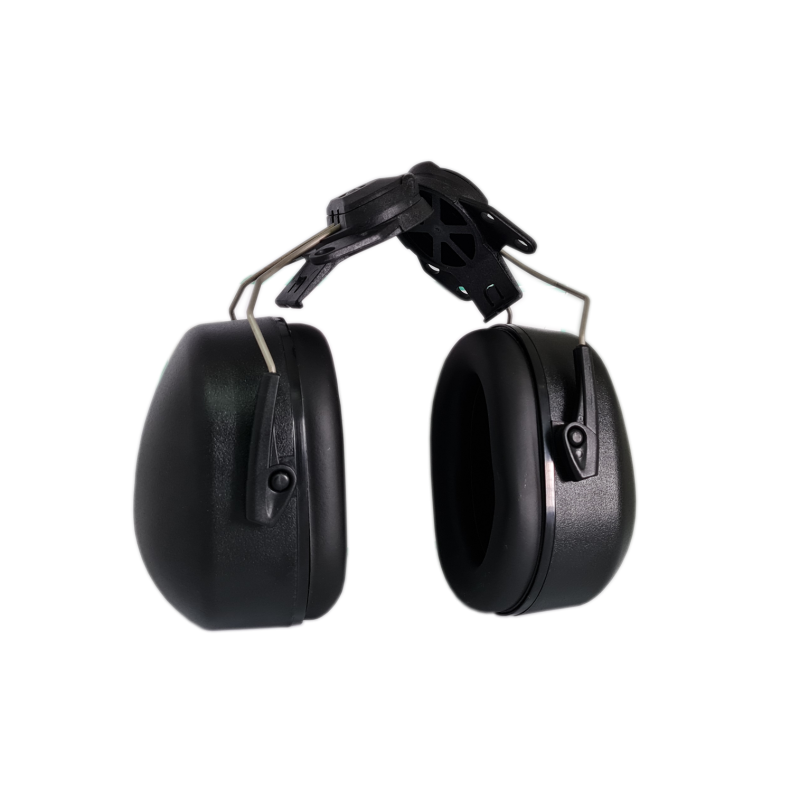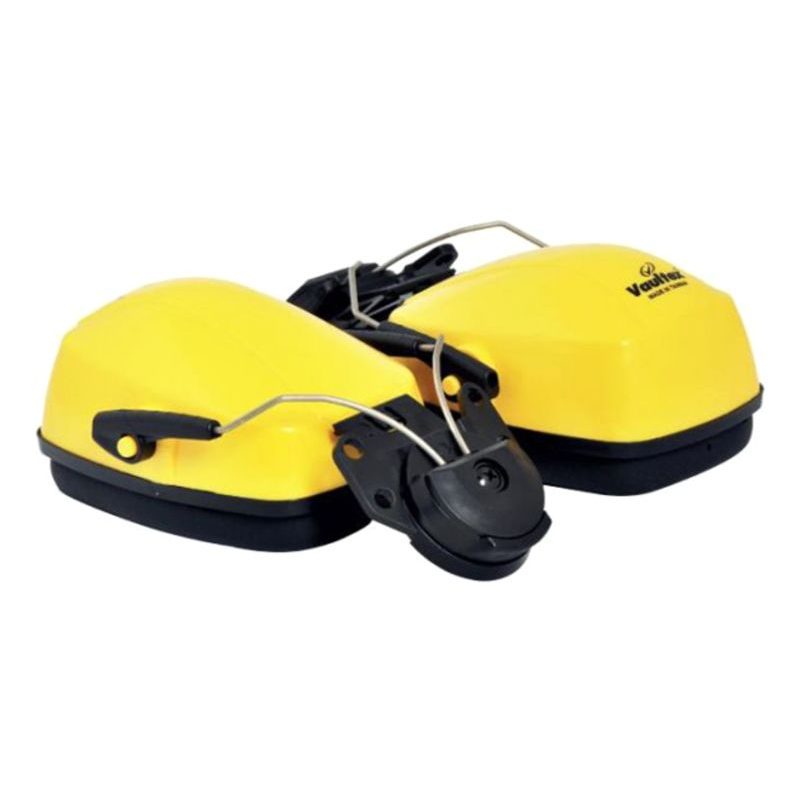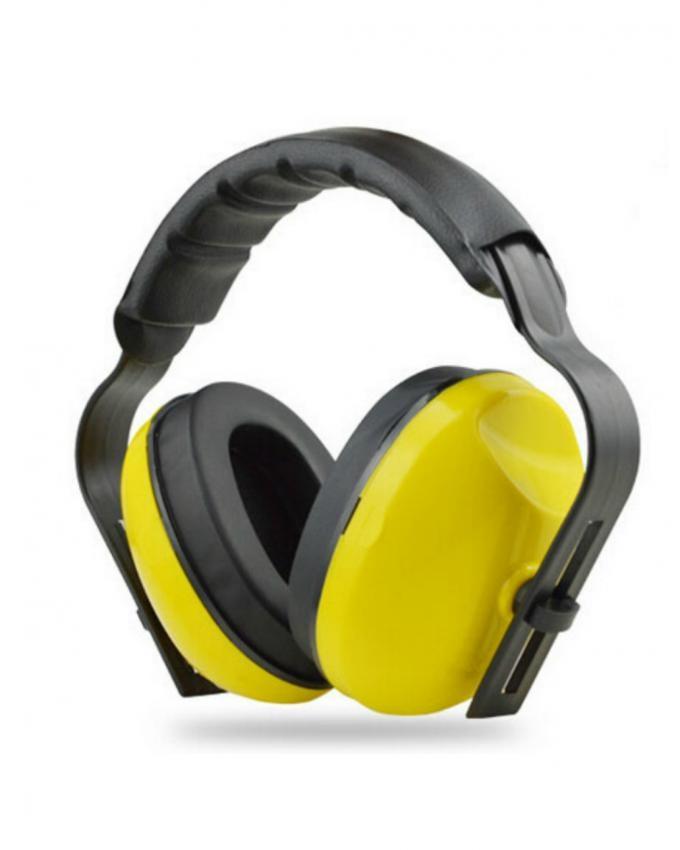You’re Losing Your Hearing Without Even Realizing It
That ringing after work? Your ears are screaming for help.
Factory noise. Construction sites. Grinding machines. Every unprotected shift kills hearing cells permanently. They don’t regenerate.
Your brain compensates while damage builds. By the time you notice hearing loss, it’s done.
What You’re Losing
Hearing loss steals conversations with family. Creates constant ringing. Forces you to ask “what?” repeatedly.
Workers in noisy environments lose hearing 30% faster. Construction hits 85-100 decibels daily. Factories run 90+ decibels for hours.
The damage spreads:
- Stress levels spike
- Sleep problems develop
- Blood pressure rises
- Overall health deteriorates
This isn’t theory. It’s what happens when noise wins.
Stop the Damage Now
You need hearing protection equipment that works in real conditions.
-
Earplugs That Stay Put
3M Classic Earplugs fit snug in your ear canal. Foam expands to seal against noise. Pop them in, they stay in.
Corded Reusable Earplugs attach—no lost plugs during breaks. Clean them, reuse them.
-
Earmuffs for Heavy Noise
3M PELTOR OPTIME 105 handles extreme industrial noise. Cushioned cups cover the entire ears. Comfortable through 12-hour shifts.
Standard Earmuffs (CE GB5893.3-86) work for moderate noise. Lighter weight. Still effective for construction and workshops.
-
Helmet-Mounted Protection
Helmet-mount earmuffs attach directly to hard hats:
- No extra headband pressure
- Flip up for conversations
- Drop down when machines start
- Full integration with safety helmets
Match Protection to Your Work
- Light tasks: Disposable earplugs for occasional noise
- Heavy industrial: Quality earmuffs like 3M PELTOR OPTIME 98
- Mixed environments: Keep both—earplugs for mobility, earmuffs for maximum protection
Browse complete hearing protection equipment for your workplace.
Comfort Equals Compliance
Workers don’t wear uncomfortable gear. Period.
Good quality earplugs have soft foam that doesn’t irritate ears. Premium earmuffs evenly distribute pressure. Adjustable bands fit every head. When gear feels good, protection stays on.
Conclusion
Your hearing doesn’t get second chances. Once those cells die, they’re gone forever. No surgery fixes it. No medication reverses it.
You’ve got two choices: protect what you have now or struggle to hear your family later. The ringing won’t stop. The conversations won’t get easier. The damage only gets worse.
Quality hearing protection costs less than a single doctor visit. Safety First delivers certified equipment that actually works—from 3M PELTOR earmuffs to reliable earplugs. We stock what Sri Lankan workers trust.
Don’t wait for permanent damage. Buy the best hearing protection equipment from a trusted source like Safety First and protect your hearing while you still can.
Frequently Asked Questions
1. What type of hearing protection is best for construction workers?
Earmuffs rated 25-30 NRR minimum. The 3M PELTOR OPTIME series is able to cope with construction noise. Helmet-mounted can be used with hard hats- no interaction between the equipment.
2. How do I know if I need hearing protection at work?
If you have to scream to talk to somebody 3 feet away, then that noise is not safe anymore. An environment with 85 or more decibels needs protection. All construction sites, factories, and heavy machine places qualify.
3. Can I reuse foam earplugs?
No. Disposable foam earplugs are for one-time use only. They are filled with dirt, and they are taken away after a shift. Corded reusable earplugs are the ones to use when you require several-use products, and they should be washed properly.
4. Do earmuffs work with safety glasses and helmets?
Yes. Helmet-mounted earmuffs are non-interfering with hard hats. Regular earmuffs are used with the thin-framed safety glasses. Sturdy frames can spoil the seal-try them on first.
5. How often should hearing protection be replaced?
Replace disposable earplugs after each use, reusable earplugs after every 2-6 months, and earmuffs when cushions crack or flatten, typically 6-12 months with daily industrial use. Inspect regularly for damage.
6. What is the distinction between earplugs and ear muffs?
Earplugs are pushed into the ear canal- lightweight, portable, and used under helmets. Earmuffs are designed to protect the entire ear- better in extreme conditions- higher noise blockage. Earplugs are mobile and fit well. Sustained heavy noise is better dealt with by earmuffs.
-
3M PELTOR OPTIME™ 105 Earmuff
රු3,500.00 -
EARMUFF CE GB5893.3-86
රු1,980.00 -
3M Classic™ Earplugs – Uncorded
රු165.00 -
3M PELTOR OPTIME™ 98 Earmuffs
රු2,800.00 -
CORDED REUSABLE EAR PLUG
රු150.00 -
EARMUFF HELMET MOUNT
රු1,150.00 -
HELMET MOUNT EAR MUFF
රු1,850.00 -
3M 1270/1271 Corded Earplug
රු165.00 -
VAULTEX EARMUFF TAIWAN
රු3,000.00

